
29.09.2022
Davo Valdés takes the case of Morelos as an example to problematize: how can we justify the existence of cultural apparatuses that pay for positions in which nothing is proposed or carried out?
The facts I am about to describe are probably echoed in other cities, in other parts of Mexico where culture does not seem to have the importance it deserves; or where it is copied to distribute positions or where corruption, cronyism or simply indifference, political lukewarmness and lack of vision proliferate.
In March 2018, the Museo Morelense de Arte Contemporáneo Juan Soriano was inaugurated. The monumental project (unprecedented in the state of Morelos) cost approximately 120 million pesos and contemplated exhibition halls, a library, open gardens, forums and an archive for the collection of the Jalisco-born artist. In June of that same year Andrea Torreblanca was appointed director, a position previously held by Alejandra de la Paz. Andrea Torreblanca at that time embodied a the perfect match: a curator of international stature, renowned in the field of contemporary art but known and respected by the artistic community of Morelia and recognized as a local. That same year there was a change of administration. Cuauhtémoc Blanco’s team not only fired more than half of Torreblanca’s team, but also removed her from her post and appointed Carolina Ann Dubernard, a graduate in physical rehabilitation and former director of Animal Control of Cuernavaca. All of the above without analyzing or evaluating the work of the team. The artistic community, not only in Morelos but also in other parts of the country and internationally, started a campaign to request the reinstitution of Torreblanca and her projects for the museum. Nearly five thousand signatures were collected, which were completely ignored by the cultural bureaucracy at the federal level and, of course, within the government of the former soccer player.
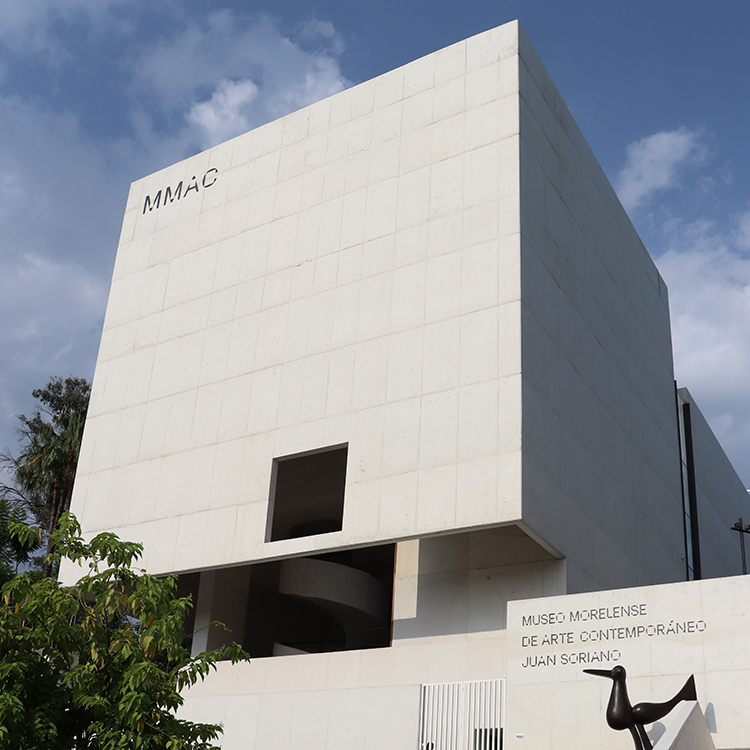

Perhaps to be fair we must recognize that not everything has been the fault of the new administration. There has also been a lack of critical stance from renowned artists or cultural agents who have accepted positions (in acts of naivety if you will) in the Museo Soriano or other government agencies. Personally, I was very surprised by the case of Guillermo Santamarina, an artist and curator beloved by the artistic community, who in fact, was one of Andrea Torreblanca’s greatest defenders. What surprises me is that despite knowing a priori the situation of the Museo Soriano, he decided turn a blind eye and promote himself to later turn against an administration that he already knew was corrupt. He, in his own words, says: “I did not resign, they forced me to. But I leave them with their mediocre projects, their opacities and cynicism, manipulating an institution that they do not know and detest”. A similar case is that of Juan José Soto, who was invited as Director of Communications and who longed to “change things from within” and who is currently one of the most critical voices of the current administration. Unfortunately, neither of them were able to contribute with their experience and profiles much more suitable for their respective positions. Perhaps because their ideas had no space in a museum that was kidnapped by the logic of an outdated policy.
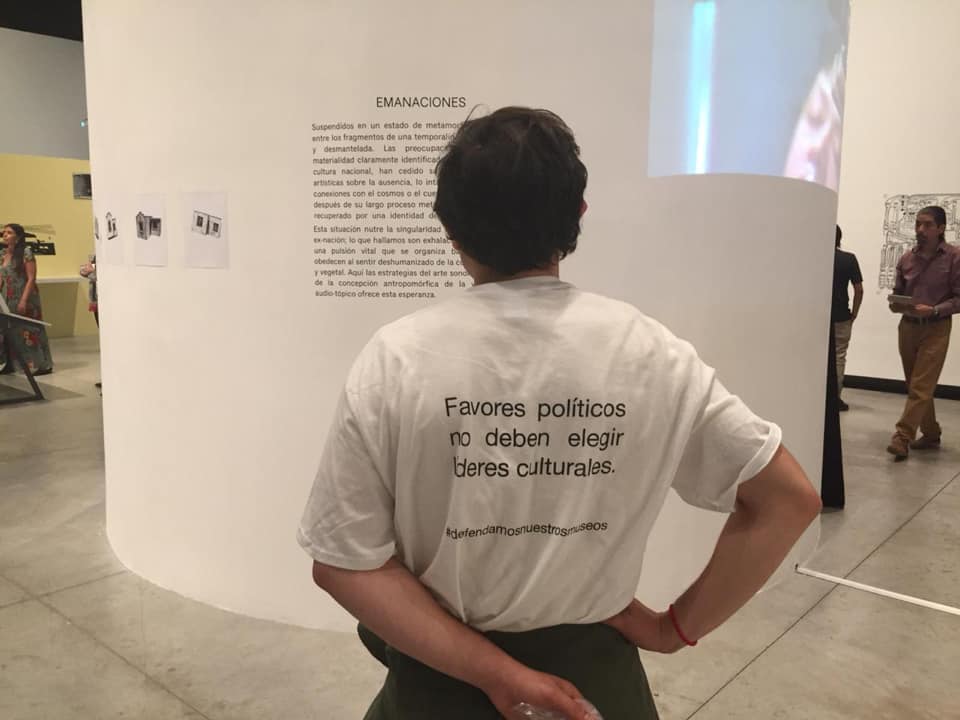
There have been so many changes and appointments made behind closed doors that for a long time there was a lot of opacity in the organizational chart of the Secretaria. It seems to me symptomatic that some important actors of local culture have never announced their appointments and that other agencies are still empty or occupied by phantom officials. Today, one can consult the web page that shows a large part of the top hierarchy of the Ministry of Tourism and Culture directorates and coordinations to find extremely mediocre or inexperienced profiles. And beyond a cursory analysis of these curricula, it seems to me that the current administration has stood out for having no in-depth cultural proposal or critical stance in the face of current art challenges or even an idea (or an attempt!) that incorporates the trajectory of important artists who inhabit and generate culture in Morelos or of young collectives that remain creative and imaginative in the face of a desolate panorama. I observe this lack of guidelines in two particular cases: the billboard of the Centro Cultural Teopanzolco, a building that after its remodeling in 2018 won first place in the Oscar Niemeyer Award for Latin American Architecture and an honorable mention in the XV National and International Biennial of Mexican Architecture; a forum that hosted the New York Jazz All Stars concert series; a site that the Times magazine named as one of the 10 places one must visit in the world, which currently features as one of its main events yoga sessions—don’t get me wrong, I have nothing against yoga, I just find it interesting that this is its main activity—; or the Directorate of Museums that brings together five or six sites throughout the state of Morelos and with a budget of one million pesos is absolutely unable to generate solid and decentralized proposals.
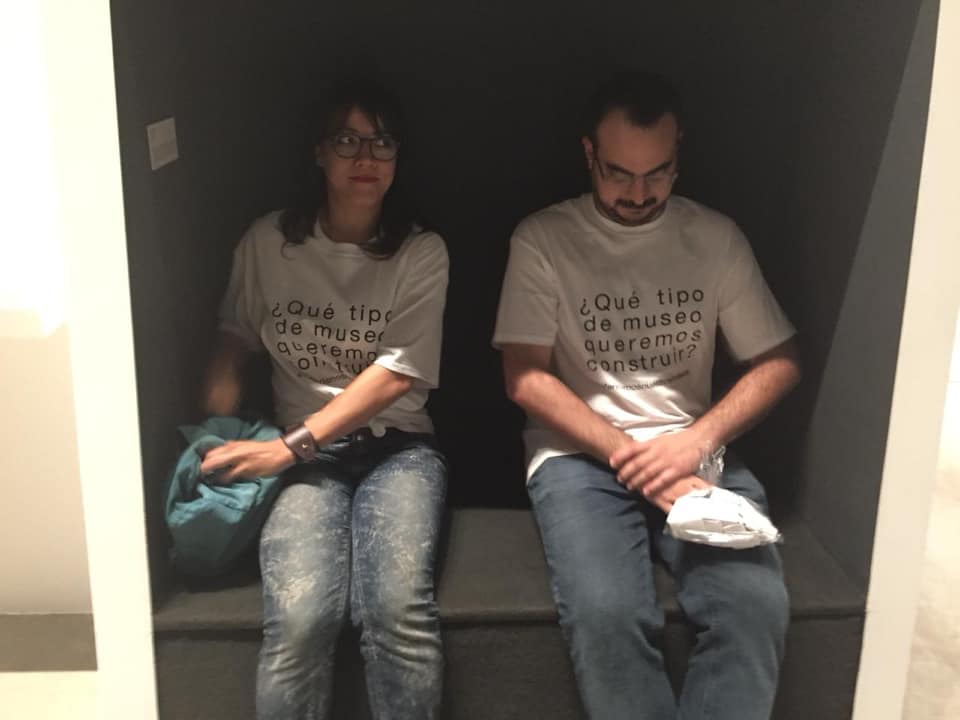
Perhaps it is the lack of resources or the consequence of a failed cultural policy, but I also believe that within cultural institutions there is a lack of imagination. It puzzles me that projects such as: 80 Años Después. Cuaderno de Viaje de Francisco Rojo Lluch en el Vapor Ipanema [80 Years Later. Francisco Rojo Lluch’s Travelogue on the Vapor Ipanema] or even Un Cauduro es un Cauduro (es un Cauduro) [A Cauduro is a Cauduro (it’s a Cauduro)] the new exhibition at the Museo Soriano, now under the direction of Helena González. Both, exhibitions that other institutions have designed and managed and that have simply been mounted in the galleries of the museums of Morelos. The first was organized by the Colegio Nacional and the second by the Colegio de San Ildefonso, and in fact was presented this year, so I wonder if it is relevant or if it would be better to face the challenge of designing and curating an exhibition with the Juan Soriano’s team rethinking the needs of the institution itself.
If this does not seem enough and just as a cherry on top, I would like to recall one of the most recent exhibitions of the Museo Morelense de Arte Contemporáneo, the retrospective of the 25 years of the SAT,[1] which presented a: “photographic exhibition that shows a solid institution at the technological forefront to facilitate taxpayers’ compliance with their tax obligations”. Could this be the end? Can it get any worse?
When a cultural official succumbs to the lack of imagination, a scenario prevails in which we only have potentially transformative agents swimming in the shallow end, waiting for their paycheck. If the budget is only enough to pay its employees, how can we justify the existence of cultural apparatuses that pay for positions in which nothing is proposed or carried out?
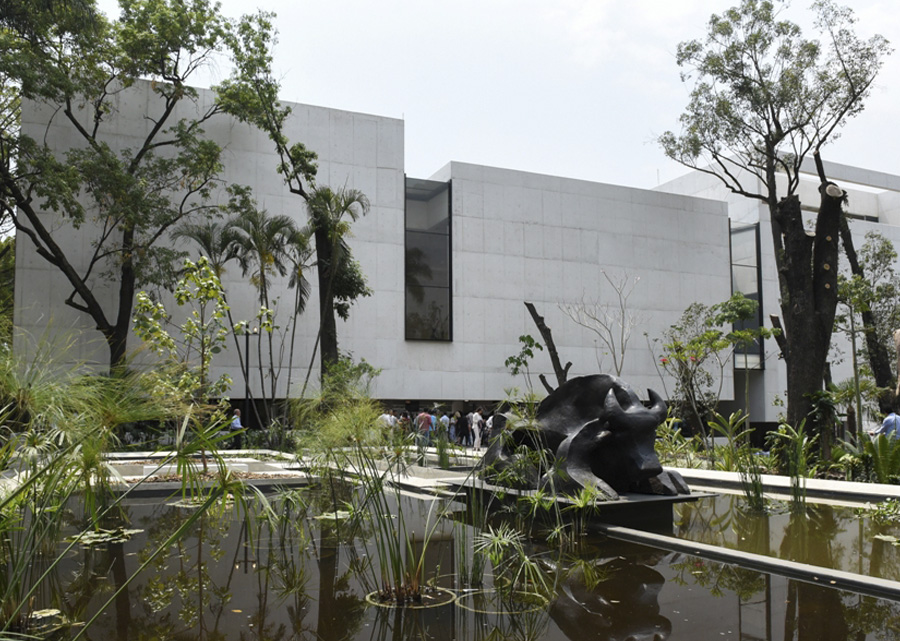
In this scenario, beyond poor cultural policies or political spoils, I see no resistance, no imagination, no critical spirit, no effort to change things. I see a apathetic scene navigating the waters of uncertainty, hoping to catch a hook, a salary, a tiny space to show their work or to present themselves with institutional backing, when we should be demanding adequate profiles for such positions and in-depth proposals that multiply dialogues or generating independent initiatives that do not replicate the same practices.
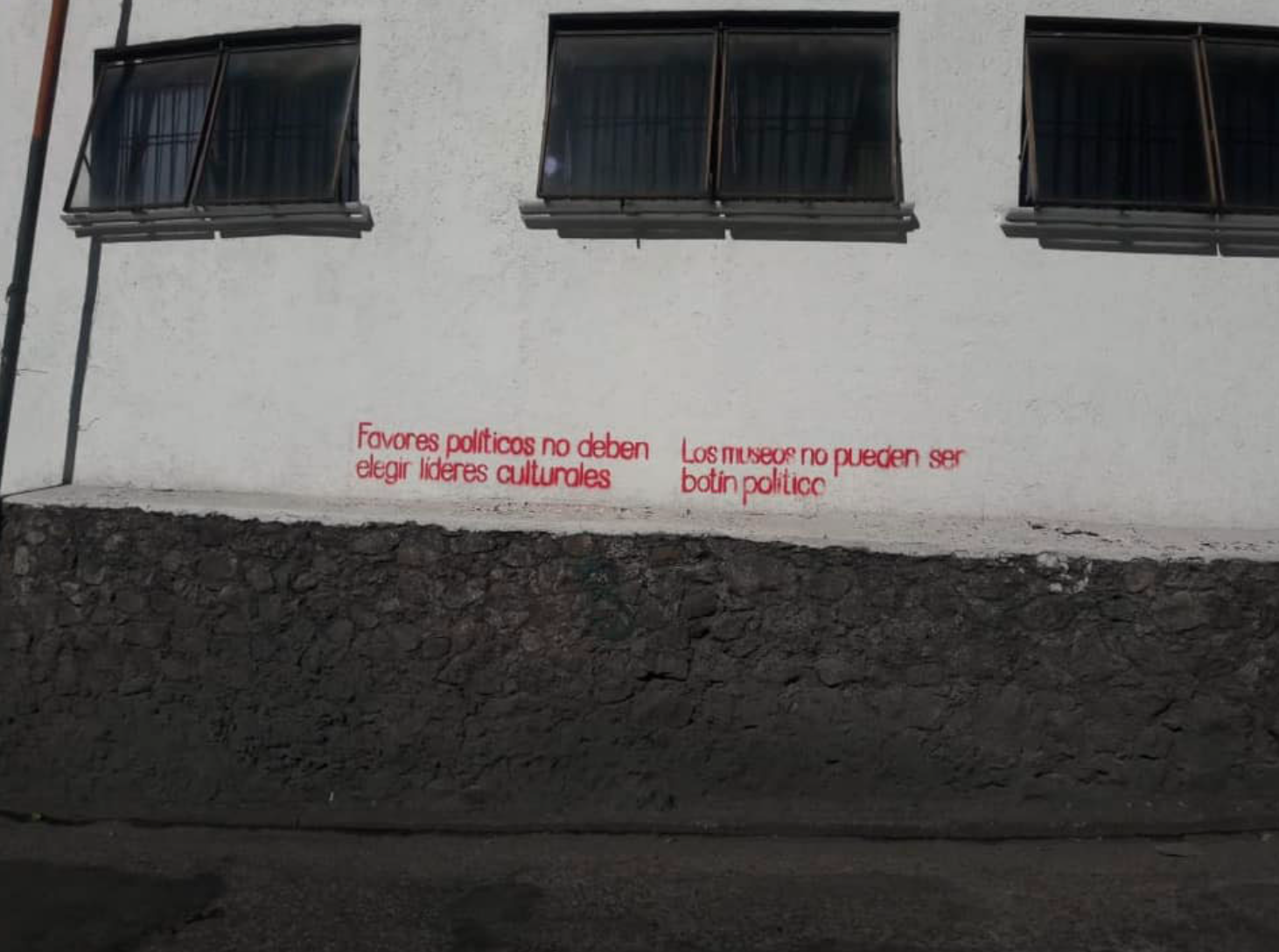
Servicio de Administración Tributaria: The tax administration service
Comments
There are no coments available.